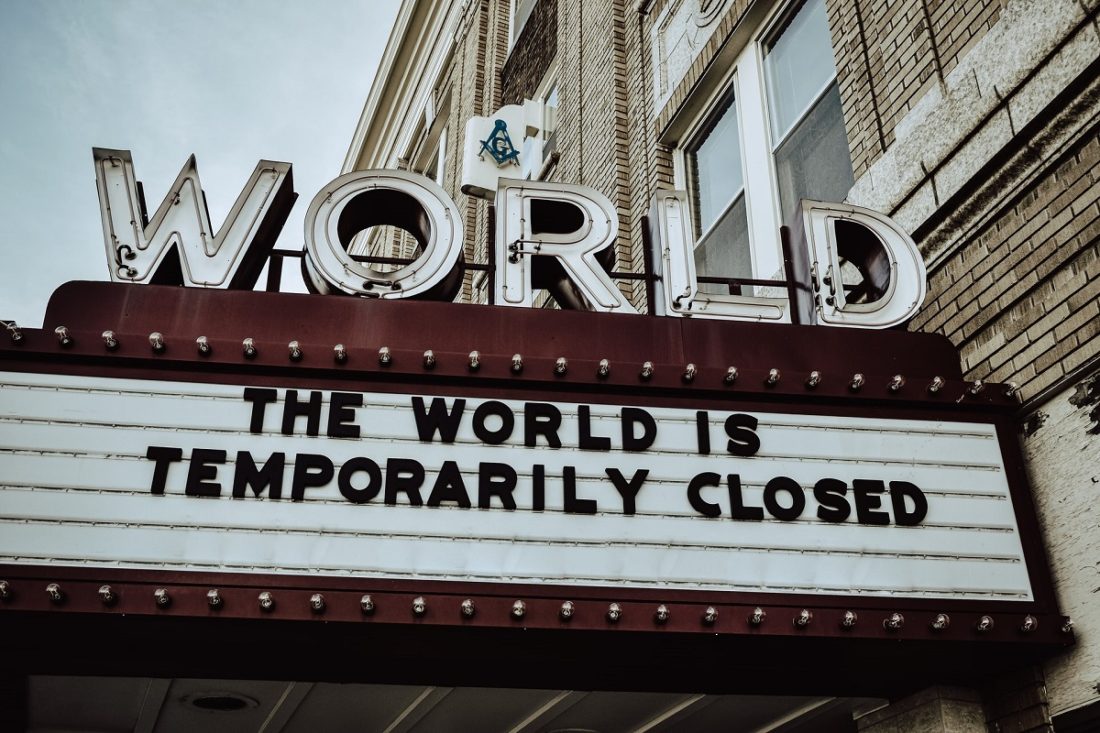Social media marketing during the Covid-19 pandemic can feel especially challenging because many of the things that make the channel so effective—such as its immediacy and informality—also make it easier for brands to make missteps. And in this period when consumers’ lives are upended, marketers want to be extra careful to avoid publishing posts that are irrelevant, incorrect, or tone deaf.
At the same time, businesses urgently need to get new messaging out and social media is a powerful outlet, especially with stay-at-home guidelines driving surging engagement across networks.
So, how can marketers utilize social media to meet both their own needs and consumers’ needs without stumbling? What are the keys to connecting with audiences effectively and appropriately?
Here are five strategies for brand recovery that you can employ to successfully engage consumers during this time of crisis.
1. Be empathetic, useful and uplifting.
Many brands aren’t sure whether running campaigns at all is appropriate right now. The good news is most people have no issue with it. A recent survey conducted by Unruly found 98% of U.S. consumers think businesses should not pause their marketing efforts because of Covid-19.
However, 96% say businesses should adjust their campaigns for the current situation. Specifically, consumers want to see messaging from brands that shows support for staff and customers, provides relevant information, and creates a positive or funny distraction.
While the survey addressed advertising broadly, it provides a useful roadmap for finding the right tone on social media. What consumers want right now is for brands to show empathy, deliver useful information, and provide a much-needed escape.
2. Provide clear communication from the top.
The Covid-19 pandemic is a unique situation which presents unique challenges. That said, it is not the first time marketers have had to respond online to quickly unfolding events. In recent years, many brands have had to address crises (often of their own making) on social media.
So, what do consumers expect businesses to do in these moments? A survey conducted by Crisp Thinking found people want brands to acknowledge what’s going on, respond quickly, and provide clear initial messaging from senior leadership (CEO, president, etc.).
What’s important to note is that just 5% of respondents want initial messaging to come from outside senior leadership. So, while later communication can be delivered by others, it’s key for early updates to come from the top.
3. If you have budget, utilize paid media.
With so many marketers cutting budget, social media advertising supply has surged while demand has ebbed.
This combination has led prices to drop. An analysis conducted by Social Bakers found that social media advertising costs have been decreasing since the beginning of March, including average cost-per-click and CPM across industries.
This means it is now very cost effective for marketers to utilize paid media options to reach valuable audiences. Simply put: If you have budget, this is an excellent time to put it towards social media advertising.
4. Have a plan for different stages of brand recovery.
Although Covid-19 is described as a singular crisis, it’s more of an evolving set of challenges than a static event. This applies to the immediate situation—right now every business is dealing with quickly changing conditions and customer needs—as well as longer-term across the economy.
In other words, this crisis will have multiple stages that marketers will need to adapt their strategies for. For example, as Sinclair Communications outlined in a recent report, there may be three broad stages—community outbreak, containment and market recovery—which each spark different consumer behaviors and require different brand recovery focuses.
While things may not play out exactly this way (there could be periods of alternating containment and recovery, for example), the overall point is a key one: To successfully engage audiences and meet brand recovery goals in the coming months, it will be necessary to develop plans tailored to each stage of the crisis.
5. Monitor closely and listen carefully.
How will you know if the crisis is shifting from one stage to another? When should you change your messaging on social media to meet your audiences’ evolving needs? Given that market conditions are constantly shifting, these answers will have to come from monitoring metrics and social discussions closely.
With so much else going on it can be tempting to cut back on measurement right now. Don’t do it. By remaining committed to understanding which of your posts are resonating and what people are saying in response, you’ll gain invaluable insights into how to adjust not only your marketing strategies but also your wider business strategies.
To understand how conditions are changing and to find fresh opportunities for engagement, take a look at what’s trending online. A useful resource for this is Google’s Coronavirus Search Tracker, which presents real-time queries on the rise in different geographies.
Ultimately, by monitoring closely, having a plan for different stages, utilizing paid media, communicating from the top, and striking the right tone, it’s possible to engage audiences during this time in ways that are both effective and appropriate.
